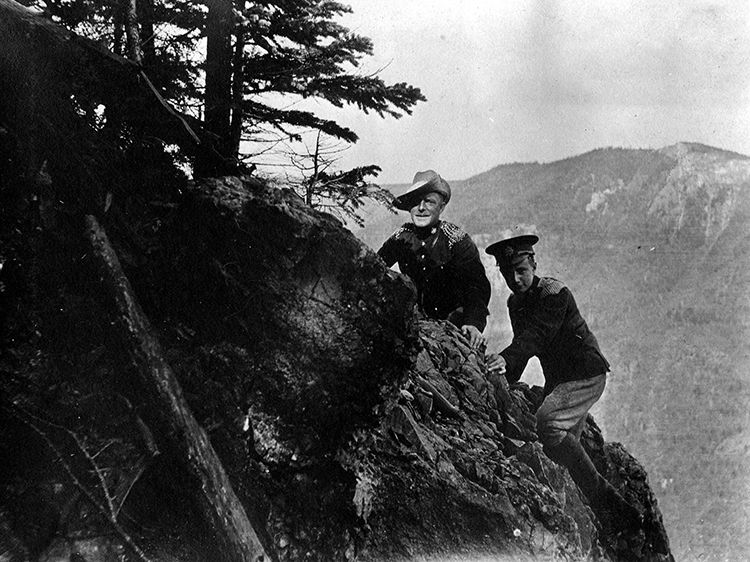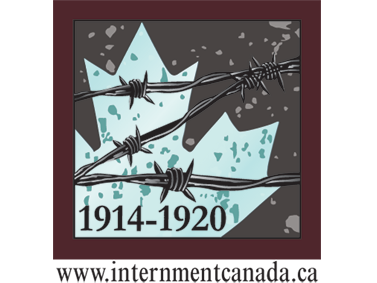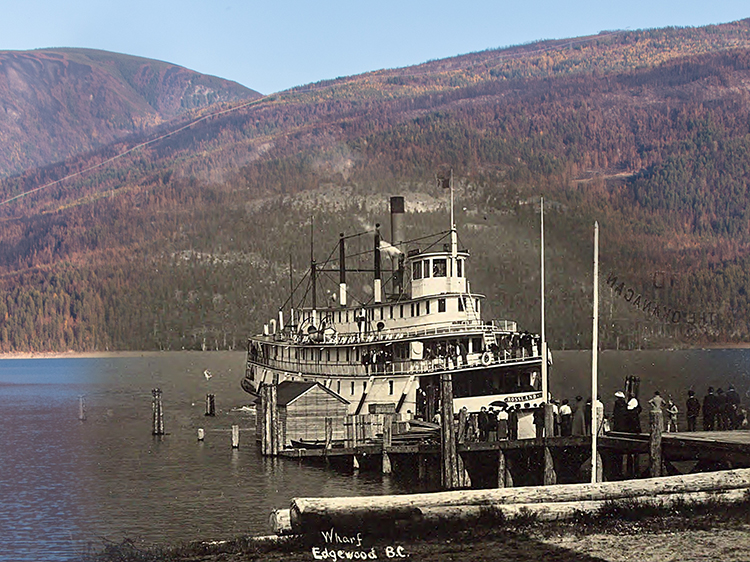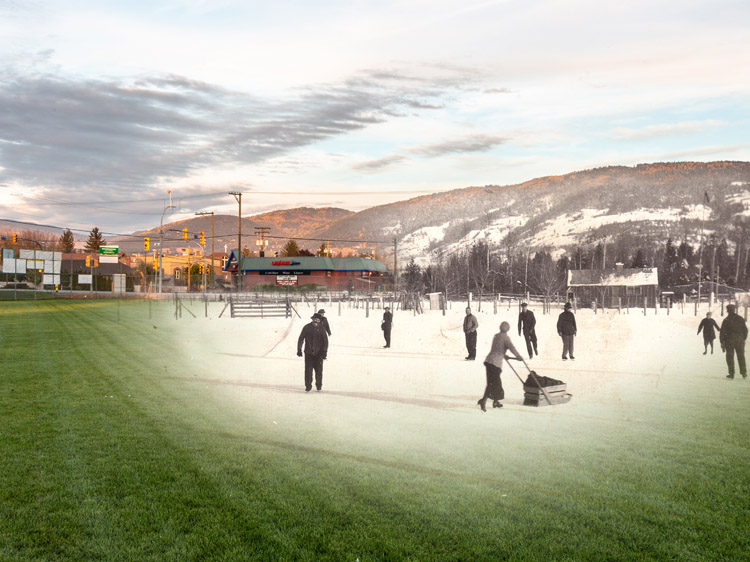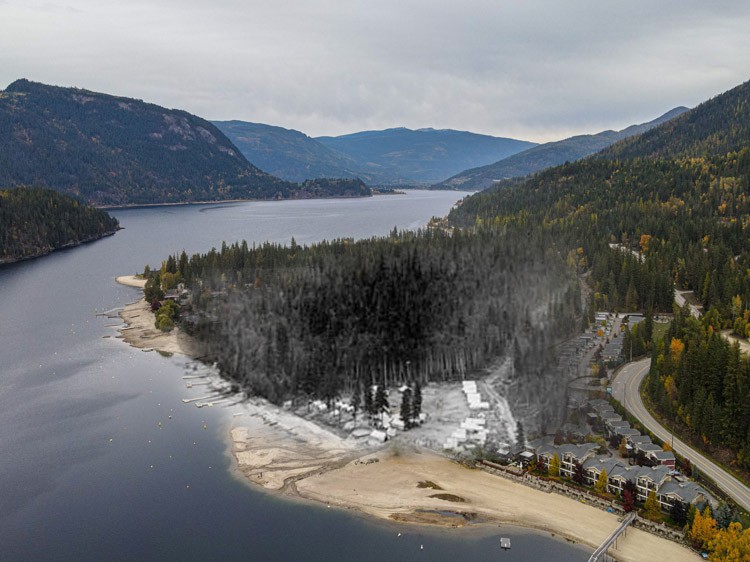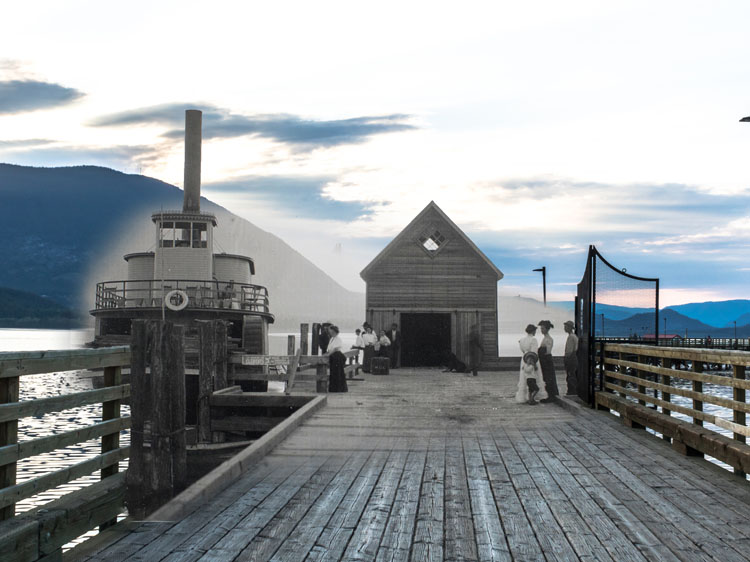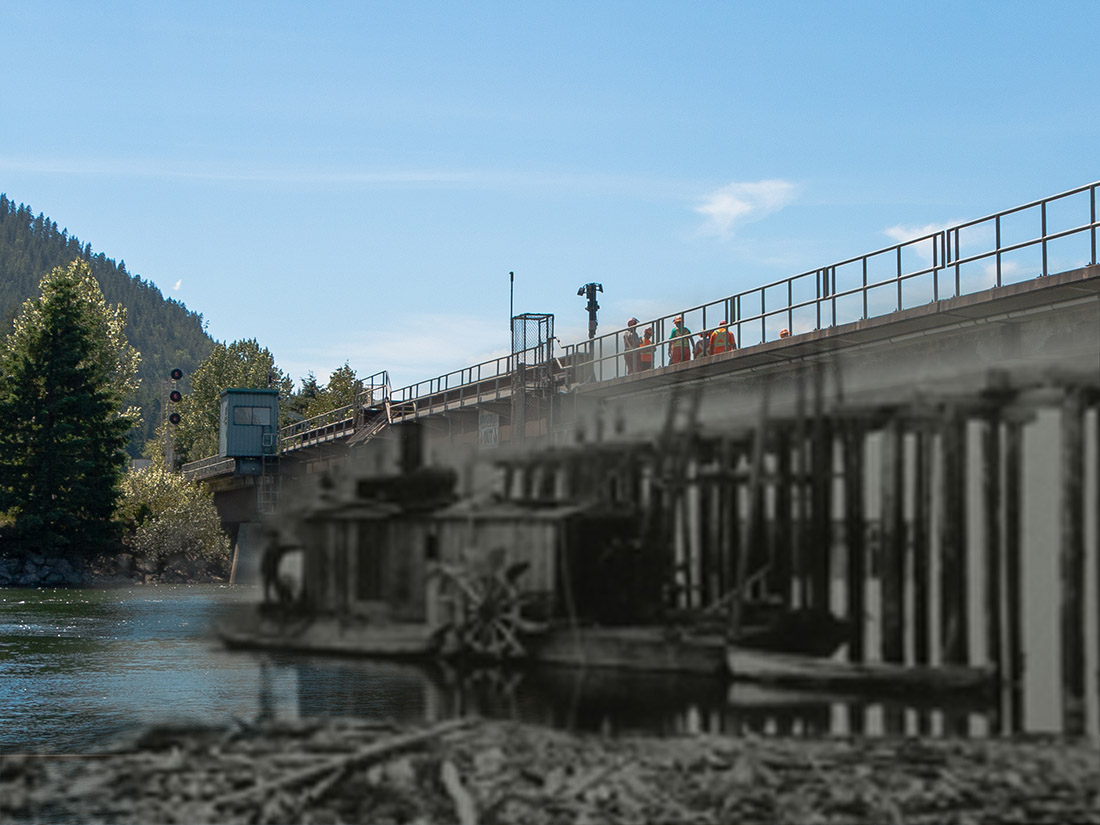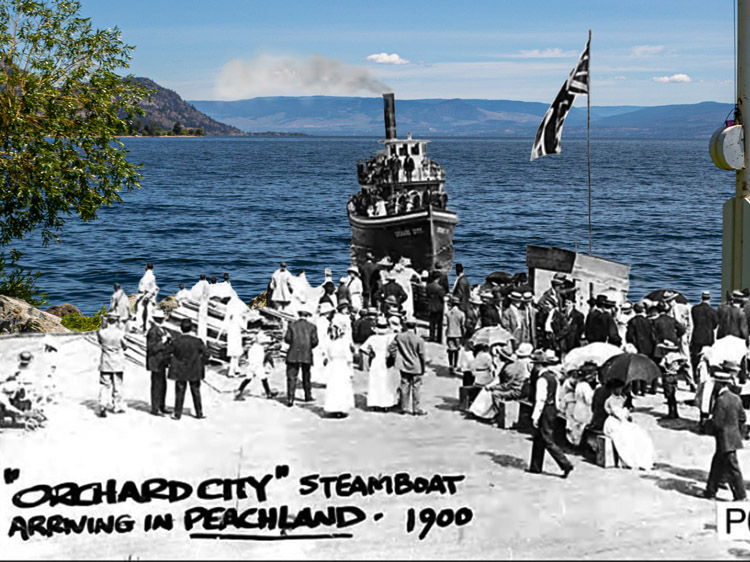The mountain pass over which Highway 6 passes today was a formidable barrier to pioneers during the province's early history of European settlement. By 1914 roads and railways had been built to connect British Columbia, but a road link over the Monashee Mountains, between the Okanagan and the Arrow Lakes, was still needed.
During the First World War the Canadian government arrested many people they deemed 'enemy aliens' and put them in internment camps. They were forced to work almost for free, and in 1915 several hundred of these internees were sent to build the section of what would become Highway 6 that connected Cherryville and Edgewood.
<<
This project has been made possible by a grant from the Endowment Council of the Canadian First World War Internment Recognition Fund, and with the support of the University of the Fraser Valley's Community Health and Social Innovation Hub.
We respectfully acknowledge that the former site of Monashee Internment Camp lies within the ancestral, traditional, and unceded territory of the Okanagan, Sinixt, Ktunaxa, and Secwépemc First Nations.
Donate Now
If you enjoyed this free content, we ask you to consider making a donation to the Canada-Ukraine Foundation, which is providing urgently needed humanitarian aid to Ukraine.
The Ukrainian people are heroically defending their homeland against a genocidal war of Russian aggression. The humanitarian situation is critical and the needs immense. 100% of all donations made through this link go directly to supporting the people of Ukraine. Recently funded initiatives by the Canada-Ukraine Foundation include demining and removal of unexploded ordnance, and the evacuation of thousands of deaf people from the warzone.
Explore
Monashee
Stories
Archaeology at the Monashee Camp
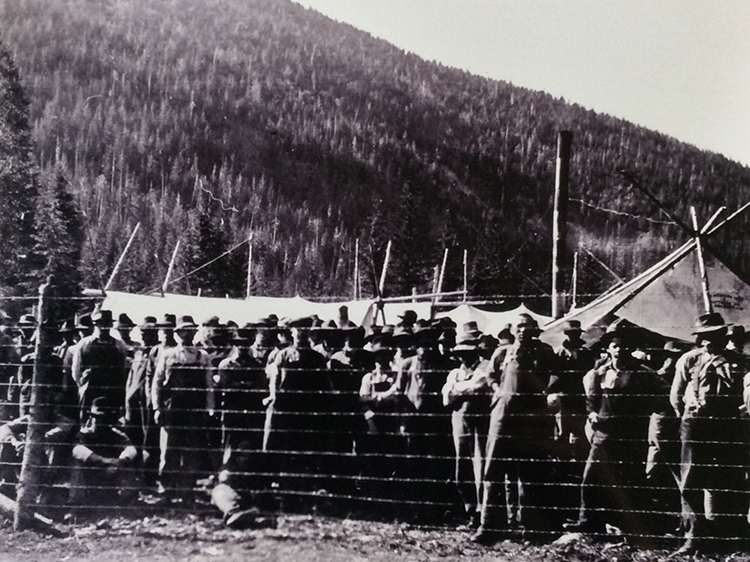
Story Location
During the First World War the Monashee Mountains were the site of an internment camp for those deemed 'enemy aliens' by the government. Hundreds of men were forced to work on deplorable conditions to build the road over the mountains that we today call Highway 6.
In the summer of 2021 a team of archaeologists led by Dr. Sarah Beaulieu from the University of the Fraser Valley, excavated the former site of the camp. Their work brought forth many new revelations about this dark chapter of Canadian history.
This short documentary tells the fascinating story of what they uncovered.
This documentary was created by Greg Laychak from UFV's Community Health and Social Innovation Hub with the support of the Canadian First World War Internment Recognition Fund.
* * *
This documentary was created by Greg Laychak from UFV's Community Health and Social Innovation Hub with the support of the Canadian First World War Internment Recognition Fund.

